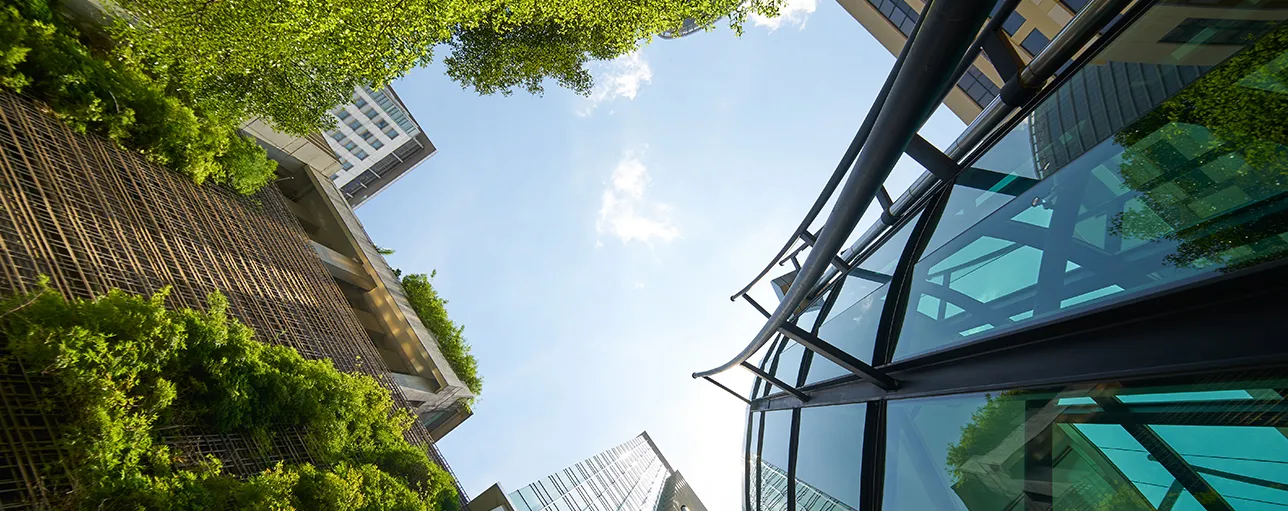Offshore wind has grown massively in recent years, driving rapid development in technology and supply chain competition. As a result, the industry has delivered spectacular cost savings with the levelized cost of energy (LCoE) for offshore wind halving in the last four years. As costs have fallen, governments have looked to reduce subsidies, leading to the first auctions won by “zero-subsidy bids”, where wind farms bid to sell their electricity at the wholesale price. More than 2.5 GW of zero-subsidy capacity has now been bid into European offshore markets.
Historically, offshore wind has relied on subsidies to ensure secure revenue streams that attract investment. The rise of subsidy-free bids removes that security and exposes the industry to the full variability and merchant risk of the open market. To continue growing, offshore wind needs to answer the question: How do we attract finance in a zero-subsidy world?
Bankability to mitigate risk
With the first zero-subsidy project (Hollandse Kust Zuid in the Netherlands) due to be built by 2022, this is very much an open question.
Probably the most common solution will be the (corporate) power purchase agreement (PPAs). PPAs are already familiar in the industry. Yet, in a zero-subsidy world, the PPA must evolve to provide the bankability necessary for investor confidence in project finance. However, a consensus on future power price evolution is required to set the level of a PPA in the first place. Without subsidies, ideally a PPA will run for the project’s lifetime. What’s more, current low wholesale prices and the long-term impact of the low marginal cost of renewables will increase pressure on PPA pricing levels.
Current PPAs are typically quite short to medium-term arrangements, lasting perhaps anywhere from a couple of years to 15 years. Without subsidies, we expect PPAs will need to run for the project’s lifetime – 25-30 years or more. Forecasting wholesale power prices is a complicated business and depends on a huge number of influencing factors. Today’s indexed PPAs may be very good instruments in these volatile and uncertain environments. Yet future market dynamics (e.g. the advent of new technologies, the impact of government policies, trends in demand for energy, etc) will likely be correlated with the renewable energy production generated. As weather risks are correlated across the system, individual renewable projects in the future will not be regarded as purely price following. Therefore, the dynamics need to be included in a smarter way, whilst taking into consideration profile factor (e.g. the price difference between average market price and Asset capture price) and imbalance risk. Therefore, any long-term contracts, like PPAs need more fundamental market analysis.
Negotiating such long-term agreements will be more complex and require more effort and expertise than developers and buyers are used to deploying. However, as the PPA model matures, we can expect to see today’s case-by-case discussions replaced by more standardized terms.
Creating the right conditions
Even with the spectacular cost reduction, zero-subsidy projects won’t be a universal phenomenon – at least not yet. They can only be viable where there are good wind resources and where projects can be developed, built and operated cheaply.
The success of early subsidy-free projects will depend on favourable market conditions, such as government-funded development of sites and transmission structure, as is the case in the Netherlands. A strong, mature local supply chain is also critical, and the industry and governments must continue to invest in building these up. Competition will also play a key role by encouraging the innovation and new technologies that enable further cost reductions.
With offshore wind growing around the world, different regions will move towards low- and zero-subsidy projects at different rates, based on the above factors and local wind conditions. It is natural that investors will favour those regions that still offer subsidies to minimize their risk. To maintain growth in mature zero-subsidy markets, the regional offshore wind industry must do all it can to reassure financiers that they can still guarantee a good return on investment without subsidies. That means ensuring the transition to zero-subsidy goes at a pace the finance world is comfortable with and that mature, fit-for-purpose PPAs are in place.
